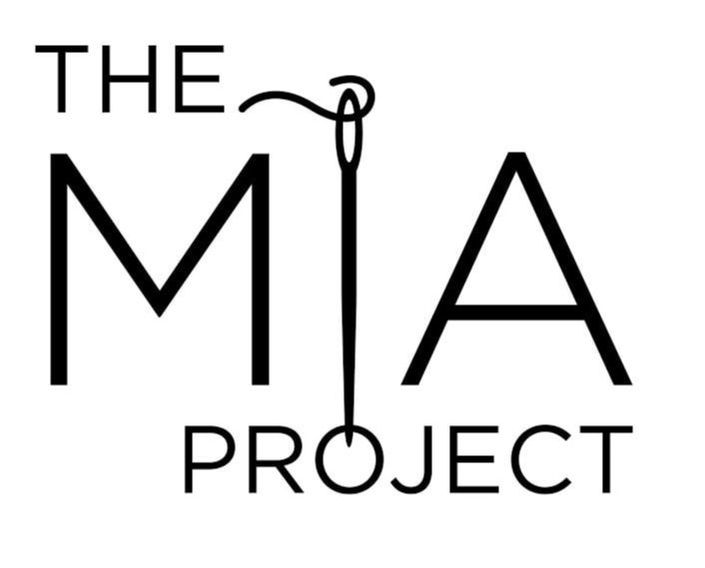|
So what is really the easiest way to learn how to sew? So many people would love to learn this craft but very few actually have the patience to get through the semi-confusing, overwhelming initial stage of figuring out sewing patterns and confidently working the sewing machine. Sewing does require some patience and practice, but there is no reason why it should be confusing and overly-complicated. The average person who wants to learn how to sew, doesn’t need to master complex tailoring methods or sew complex garments. The main problem with getting started is where and how? You can go to the fabric store and buy a “simple” sewing pattern and fabric, but things start getting complicated when the sewing pattern is ambiguous and you’re still very confused on the supplies and tools you need to have. It is this frustrating reality that has inspired us to create the Learn to Sew Box: a comprehensive and extremely simple start-to-finish guide for sewing a simple A-line dress. The box includes simple Front and Back sewing patterns in the size of your choice, a beautiful crepe fabric in the print of your choice, and all the sewing supplies you need for the project. As an added bonus, included in the box is an email address which you can contact anytime you run into issues or have additional questions! The awesome thing about it is that everything included (aside from you fabric) is reusable so you can make an infinite number of dresses! The idea is that if you learn how to sew a simple dress from start to finish, you will develop the skills necessary to sew blouses and skirts, moving on to more complicated styles further down the road. In the paragraphs that follow you will have an opportunity to tour the Learn To Sew Box and learn a bit more behind the process of sewing a professional A-line dress from start to finish. 1. The sewing pattern, fabric and supplies. The first sewing patterns you work with are the deciding factor to whether you’ll continue to want to learn how to sew or just throw in the towel on the first day. You will need very simple, good quality patterns that are easy to read and understand (without a fashion design degree). The sewing patterns provided in this box are most likely the simplest you’ve ever seen. First of all, you get to pick your size right from the start so you automatically eliminate the hassle of breaking down the markings of a commercial pattern just to extract the correct size. It comes in three very simple choices: Small, Medium, Large. We purposely stayed away from numbered sizing maintaining a very simple way to get started. The patterns are based on a standard, industrial model and have only the essential markings you need to complete the dress. The flaw with commercial patterns you buy at the fabric store is that they try to cover too much information on a single piece of paper. Although, there are positive aspects to that, these sewing patterns are essentially way too complicated for the sewing beginner. As mentioned above, included in the box are sewing patterns for the Front and Back of the A line dress. We tried to stay away from complicated darts and style-lines and opted for two simple bust darts on the front. This way, you will learn how to transfer these darts to fabric correctly as well as sew and understand their purpose. We provide basic understanding of seam allowance and hem allowance and label each line of the pattern markings so you get a better understanding of what the pattern is displaying. One of the greatest challenges for the beginner when sewing anything, but especially a dress, is choosing the right fabric so that the final drapes correctly and feels comfortable. The printed step-by-step guide included in the Learn To Sew Box gives you examples of fabric content that works best for this particular dress style. The fabric included in the box, which comes with your choice of prints, is a crepe dress-weight which has the most beautiful silky drape. We wanted you to actually be able to wear the dress YOU make yourself with ease and comfort. 2. Cutting out the fabric. Although you’ll need a good pair of scissors for this step, you don’t have to make an extra trip to the fabric store for pins because they are provided in this box. Understanding how to lay your sewing pattern on fabric is an important initial step before effectively pining and cutting it. Your sewing pattern should be laid flat on the fabric in correlation to the fabric selvage edge and pinned at the edges correctly to maintain stability during cutting and marking. Cutting a sewing pattern smoothly takes some patience and practice, and we encourage you to try to achieve smooth and precise cutting lines to the best of your ability! The Learn to Sew Box has a verbal and visual step by step guide from laying out the pattern on fabric, pinning and cutting it correctly. 3. Transferring pattern markings to fabric. Marking a pattern on fabric relates to transferring important elements from the paper pattern to the fabric , which is later used as a guide when sewing the garment together. As a sewing beginner, it is essential you understand darts and notches and transferring them correctly to fabric. Darts are used for woven fabrics and are the key element that establishes the fit and 3-dimensionality of a garment. Darts are the deciding factor when it comes to how a garment will fit and it’s level of comfort. Notches on the other hand, are not something you see on the outside but play a key role when it comes to putting each seam together. Think of puzzle pieces and how they have to align in order to fit together. Notches are little slits in the seam allowance that correspond to each other allowing the proper alignment of the fabric pieces. The detailed (yet simple) process of sewing the A-line dress included in the Box will teach you how to transfer your dart lines to the fabric in two simple steps, using a water-soluble pencil we provide, without the need for tracing paper and a tracing wheel. In addition, we’ll give you a comprehensive look into how to mark notches and match them in the sewing process. 4. Sewing the dress. If you’ve attempted to learn how to sew before without much luck, chances are you probably invested in a sewing machine already. Even if you don’t plan on becoming a professional dress marker, a sewing machine is great to have anytime you need to fix tares or make alterations. The good news is, you can find good quality sewing machines at your local fabric store for a very reasonable price- it is definitely worth the investment! Unfortunately, our Learn to Sew Box does not come with a sewing machine… It does however come with a seam ripper ready to bail you out if mistakes are made (and there usually are quite a few in the learning process) and a custom-made binding that matches the fabric of your choice. The sewing process includes guidelines on how to match seams, backstitch, serge or zig zag your raw edges, the correct way to iron seam and dart excess, how to clean-finish a hem, and clean finishing the armholes and neckline with pre-folded binding (included). All of these are elements you will consistently come across when sewing women’s clothing, so mastering them in a simple step-by-step way with this Box will pave the way for completing more complex sewing projects in the future. We chose to use binding as a clean-finishing element for both the armhole and neckline because of its capabilities and wide range of use. Once you know how to sew binding properly, it will become your go-to for a lot of different sewing projects not limited to the clothing industry. 5. Tips and Tricks. Throughout the years, as I was working hard to develop my dressmaking skills professionally and producing seasonal collections by hand form paper to fabric, I wish I had someone next to me at all times giving me pointers and letting me in on the secrets. I would’ve probably avoided many mistakes and pitfalls along the way. Now however, I finally realize that those so called “mistakes” and challenges were actually a way for me to open my eyes and develop smarter, faster and more resourceful options for advancing my sewing skills. These little tricks I’ve learned along the way are included as tips throughout the sewing tutorial provided in the box: Some are things you’ve probably heard of before but others are little secrets I’ve developed for myself that have helped me with easier and more efficient sewing! An extra added bonus:
Because the Learn How to Sew Box is about you and how you can better develop your skills without quitting in the first stages, we’ve included an email address that is available to you any time you have a question or run into difficulties in your learning process. Please use the email provided in the box to contact us any time, we will be more than happy to help you achieve your greatest potential. Most importantly, enjoy and have fun!
2 Comments
11/30/2022 08:14:25 am
Thank you for explaining that it's important to know how to lay the pattern on the fabric. I'm planning on sewing my first dress this winter, but haven't really used a pattern before. I'll be sure to keep your advice in mind while I figure out how to do all of this.
Reply
Ivan
2/29/2024 10:16:44 am
Hi, how can we access our buy the learn to sew box? Currently the link sends me to a page that requires a password
Reply
Leave a Reply. |
The Blog:A journey into our design process, sewing tutorials, fashion tips, and all the inspiring people and things we love. Doina AlexeiDesigner by trade and dressmaker at heart. I spend most of my days obsessing over new fabrics and daydreaming new ideas. Sadie
Executive Assistant & Client Relations Manager Archives
November 2019
Categories
All
|
-
Sewing Tutorials
-
Basics
>
- Aligning Pattern Grainlines To Fabric
- Preparing Fabrics For Sewing
- Pinning Sewing Patterns To Fabric
- Placing Sewing Patterns On Fabric For Cutting
- Rotary Cutters or Fabric Scissors?
- Cutting The Sewing Patterns
- What Are Notches And How To Use Them In The Sewing Process
- Transferring Notches From Pattern To Fabric
- Transferring Seamlines to Fabric
- Staystitching
- Backstitching: A Complete Guide
- Hand Basting: A Complete Guide
- Sewing Continuous Bias Binding
- Darts >
-
Sewing Seams
>
- The Basics Of Seams And Seam Allowance
- How To Sew A Straight Seam
- Sewing Curved Seams
- Sewing Corner Seams
- Trimming And Grading Seam Excess
- Notching/Clipping Seam Allowance for Tension Release
- Sewing Topstitched Seams
- Sewing Corded Seams
- Sewing A Slot Seam
- Sewing A Gathered Seam
- Sewing Bias Seams
- Sewing Seams With Ease
- Sewing Seams With Crossing Seamlines
- Sewing Unlike Fabric Seams
- How To Iron Seams: Ironing Tools And Conventions
- Sewing With Knit Fabrics
- Understanding Stitch Length And Tension
- Sewing Unique Fabric Seams
-
Seam Finishes
>
- Seam Finishing Techniques - Overview
- Applying A Pinked Seam Finish
- Applying A Bias Bound Seam Finish
- Serging And Zigzag Seam Finishes
- Sewing A Self-Bound Seam Finish
- Sewing A French Seam Finish
- Sewing A Hong Kong Seam Finish
- Sewing A Mock French Seam Finish
- Sewing A Turned-and-Stitched Seam Finish
- Sewing Overcast Hand-Applied Seam Finishes
- Sewing A Flat Felled Seam
- Sewing A Hairline Seam Finish
-
Hem Finishes
>
- Garment Hem Finishes: Overview
- Sewing A Double Fold Hem Finish
- Sewing A Single Fold Hem Finish
- Sewing Bound Hem Finishes
- Sewing An Exposed Double Layer Bound Hem
- Sewing A Folded-Up Bound Hem with Pre-folded Binding
- Sewing A Hong Kong Hem Finish
- Sewing A Band Hem Finish
- Sewing A Bias Faced Hem Finish
- Sewing A Twill Tape Hem Finish
- Sewing A Rolled Hem Finish
- Sewing A Shaped Hem Facing
- Using Fusible Hem Tape And Webbing
- Finishing A Lace Fabric Hem
- Finishing A Leather Hem
- Sewing Faced Hem Corners
- How To Finish Lining At The Hem
- Finishing Fabric Corners by Mitering >
- Interfacing A Hemline: Lined And Unlined Examples
-
Sewing Pockets
>
- Curved Patch Pocket With Flap
- Unlined Square Patch Pockets
- Lined Patch Pockets: Two Ways
- Extension On-Seam Pockets
- Separate On-Seam Pocket
- Front Hip Pockets
- Bound Double Welt Pocket
- Double Welt Pocket With Flap
- Self-Welt Pocket (Using Single Fabric Layer)
- Slanted Welt Pocket (Hand-Stitched)
- Faced Slash Pockets: Overview >
-
Sewing Zippers
>
- Sewing Zippers: General Information
- Sewing A Centered Zipper
- Sewing A Lapped Zipper
- Sewing An Invisible Zipper
- Sewing A Fly Front Zipper
- Sewing A Closed-End Exposed Zipper (No Seam)
- Sewing An Exposed Separating Zipper
- Sewing Hand Stitched Zipper Applications
- Sewing A Zipper Underlay
- Sewing A Placket-Enclosed Separating Zipper
- Sleeveless Finishes >
-
Neckline Finishes
>
- Sewing A Neck Shaped Facing
- Sewing An All-In-One Neck Facing
- Neck And Garment Opening Combination Facings >
- Sewing A Bias Faced Neckline Finish
- Sewing A Band Neckline Finish
- Bound Neckline Finishes: Overview >
- Sewing A Semi-Stretch Strip Band Neckline
- Ribbed Neck Band And Classic Turtleneck
- Decorative Neckline Finishes >
- Finishing Facing Edges >
-
Extras
>
- A Complete Guide on Interfacing
- Sewing Bound Spaghetti Straps
- Sewing Spaghetti Straps To A Faced Neckline
- Sewing Ruffles: Overview
- Patterning And Sewing A Circle Ruffle
- Sewing A Gathered Heading Ruffle
- Sewing Double Layer Gathered Ruffles
- Sewing A Gathered Ruffle Into A Seam
- Sewing A Gathered Ruffle To A Fabric Edge
- Sewing A Fabric Surface Slit
- Sewing A Slit Seam
- Hand-Applied Straight Stitches
- Hand-Applied Blind Stitches
- Hand-Applied Overedge Stitches
- Hand-Applied Tack Stitches
- Hand-Applied Decorative Stitches
-
Basics
>
- Custom Bridal
- Custom Apparel
- About
- Blog
Services |
Company |
|

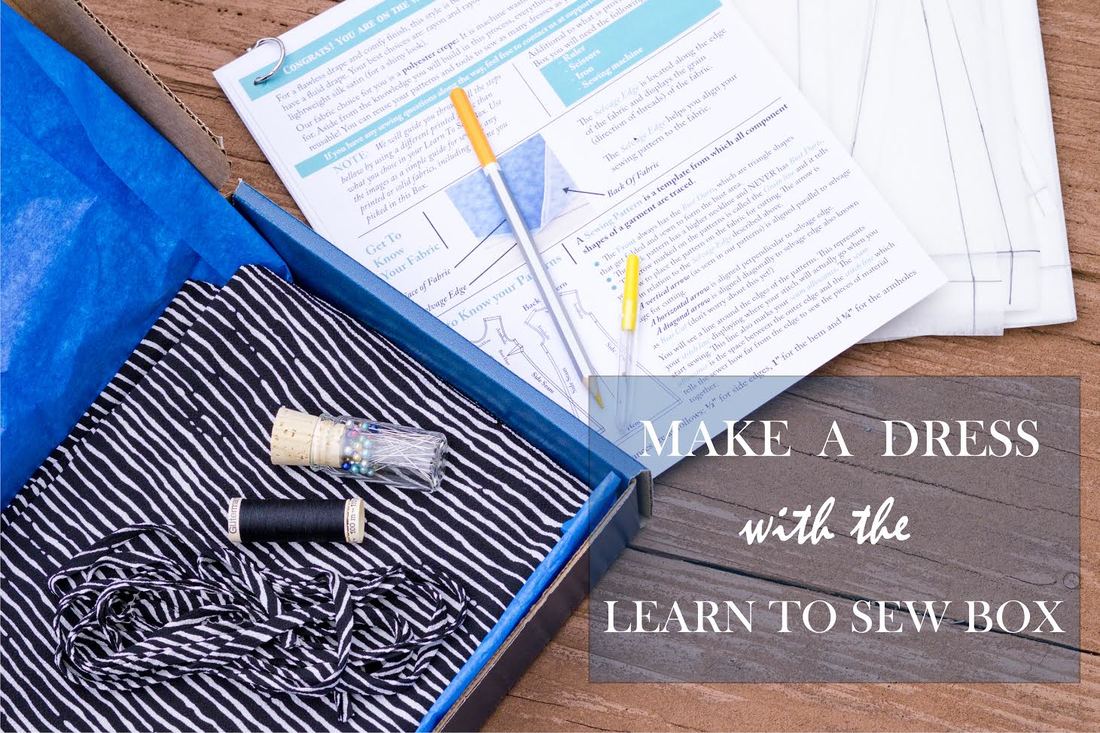
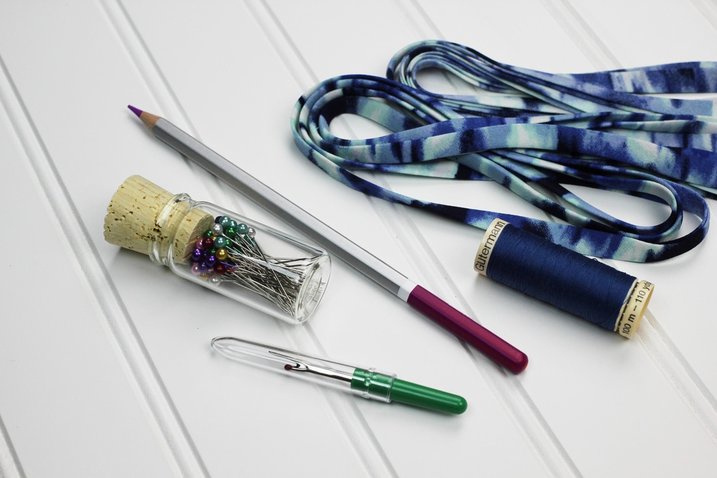
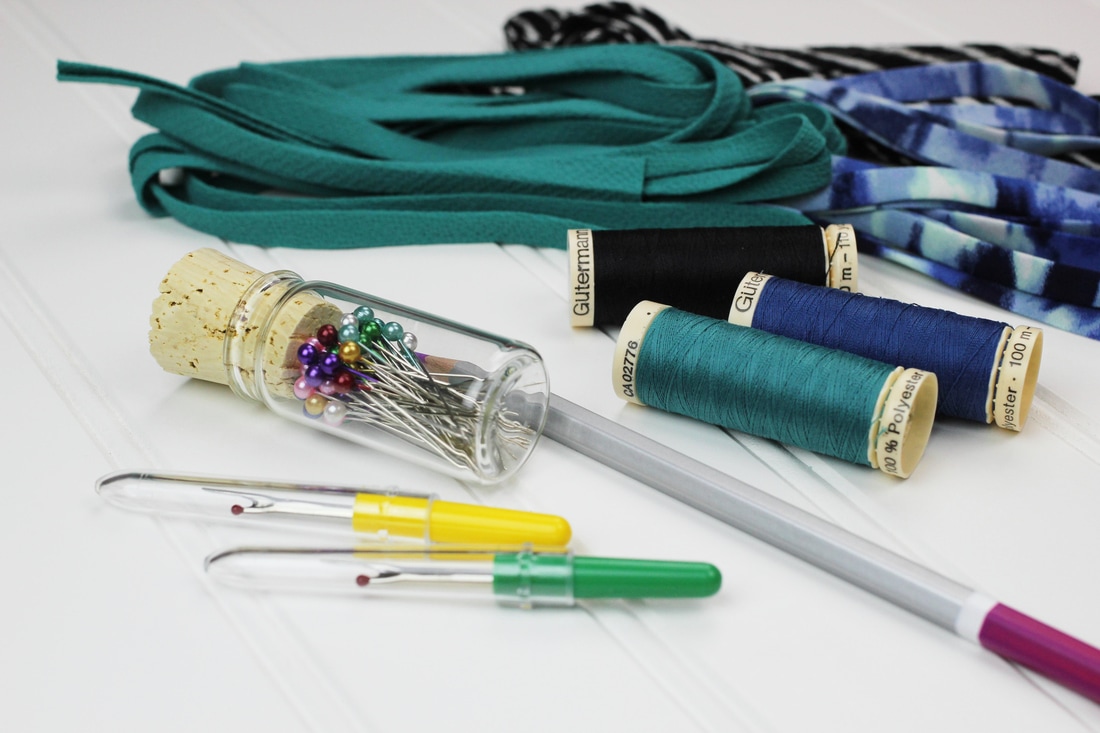
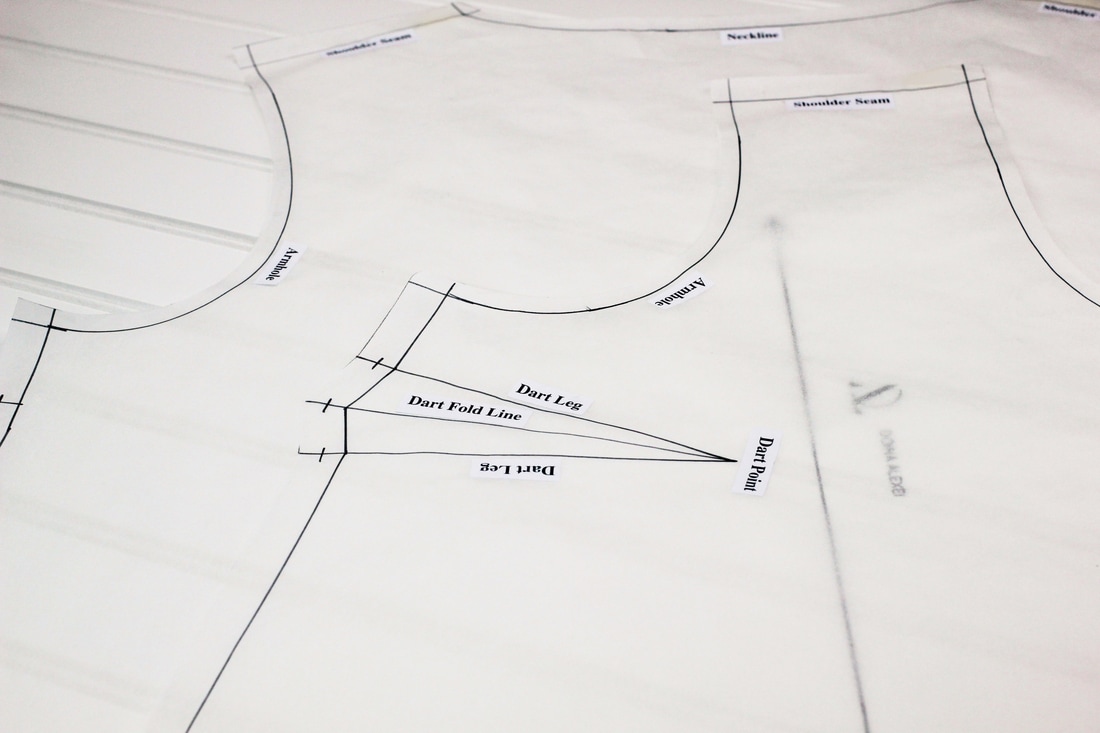
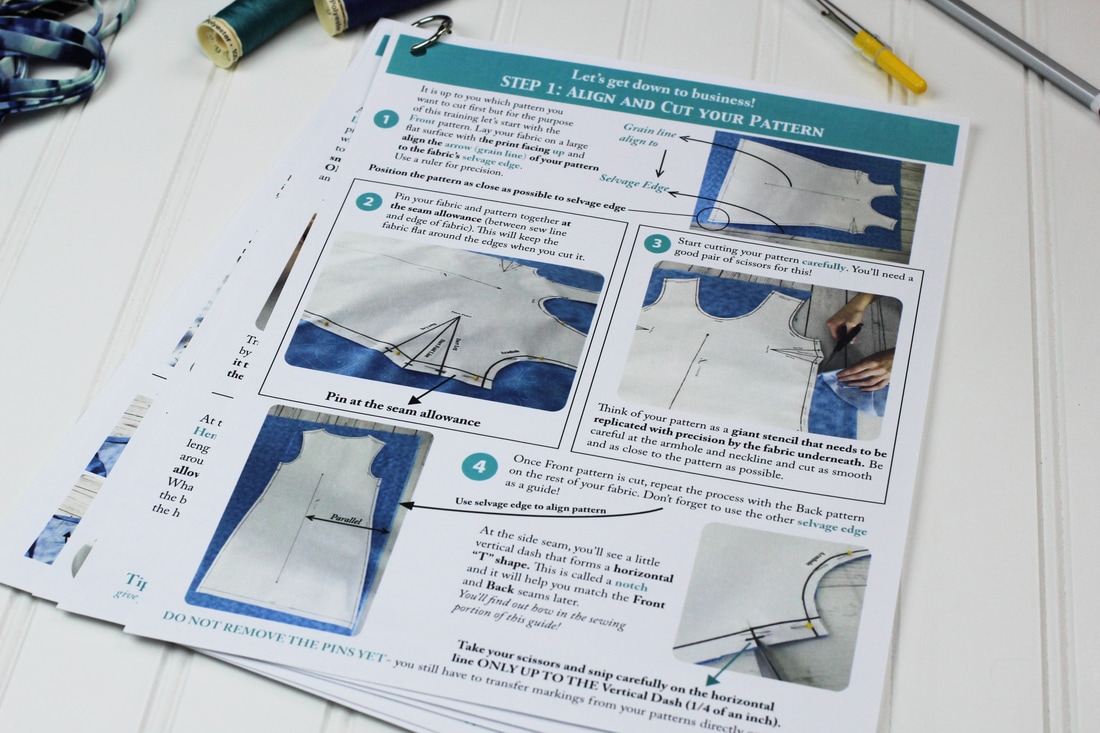
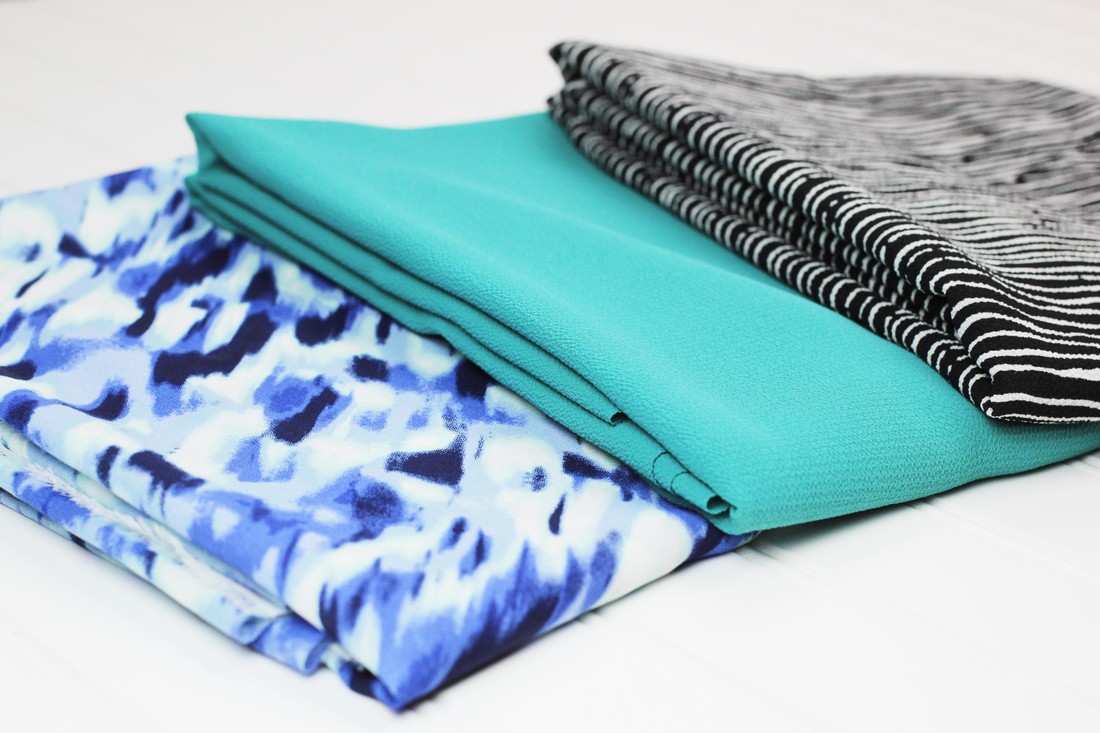
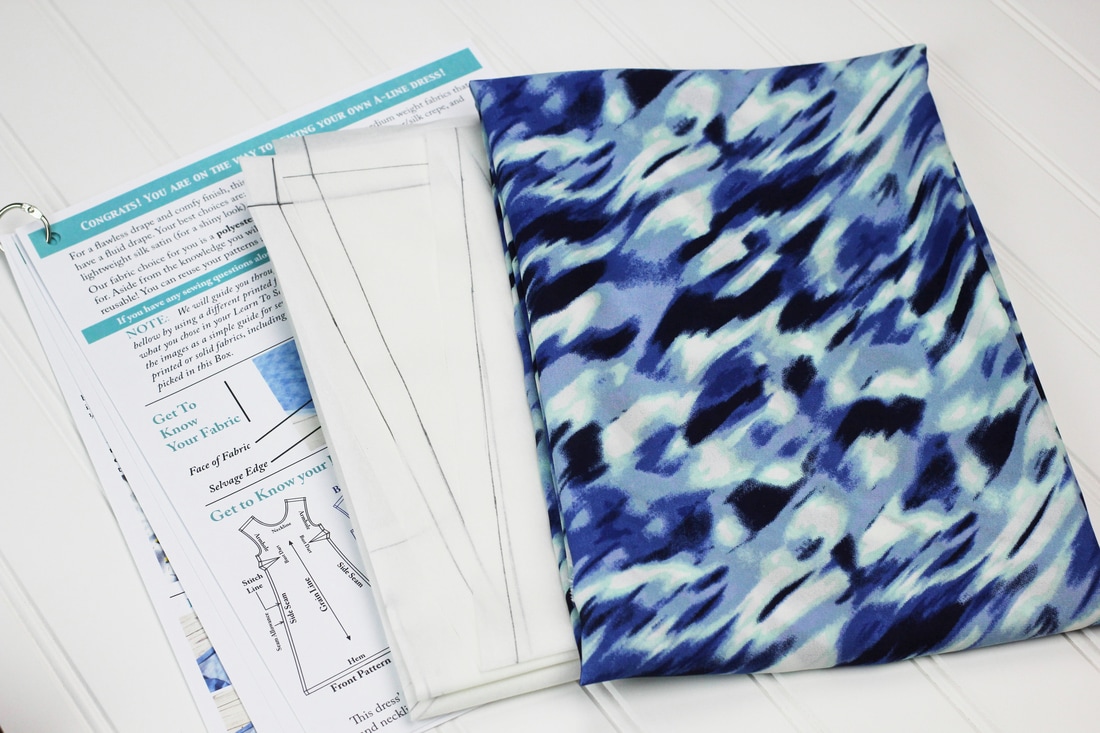
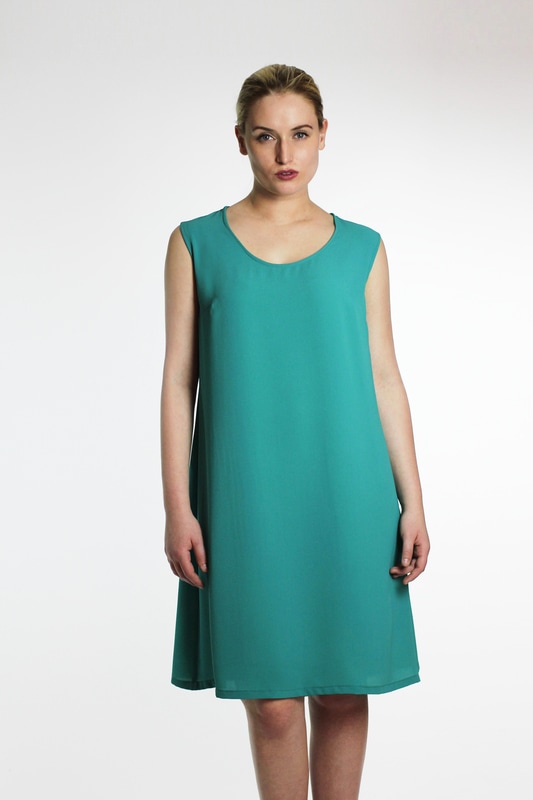
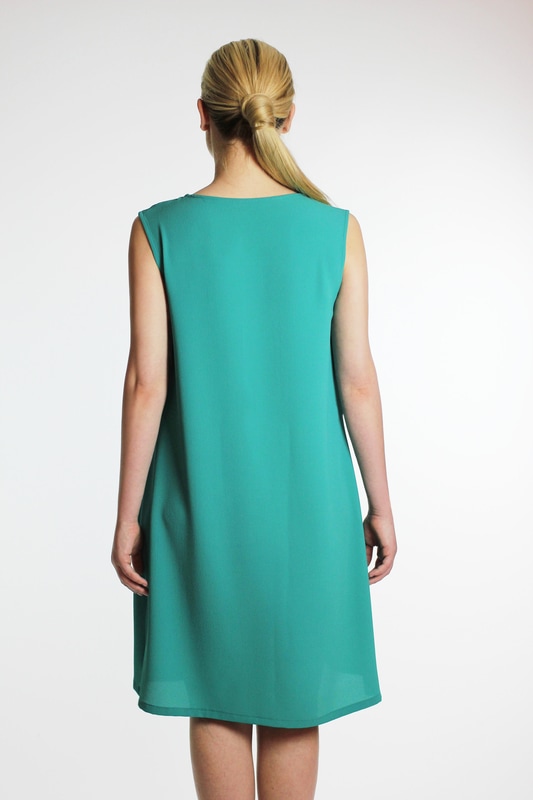
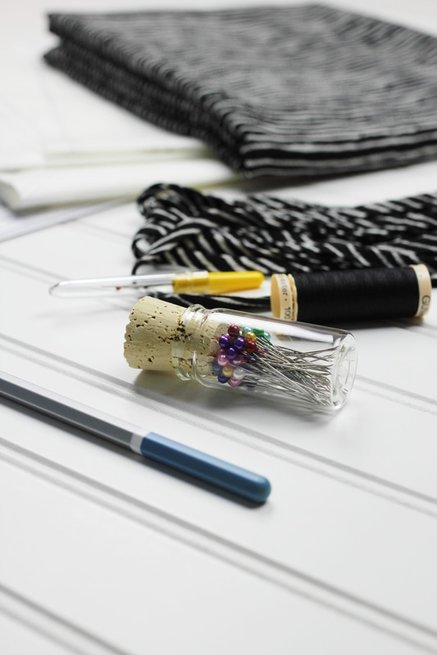


 RSS Feed
RSS Feed
